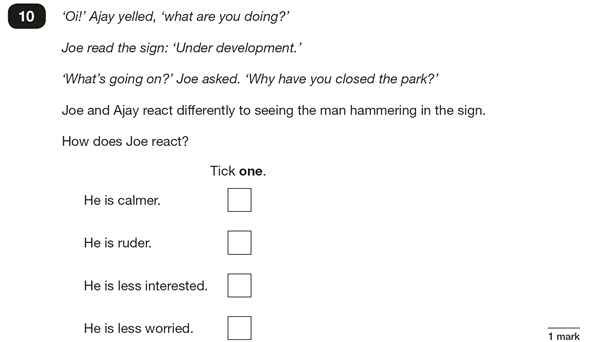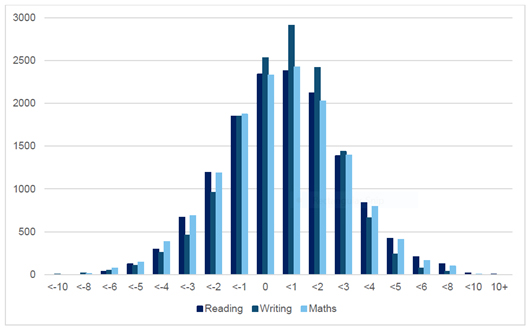For in-school support with teaching and learning using the CPA approach, choose from our range of Curriculum Impact Packages.
A tale of two biggies: the A’s of early reading – closing the gaps for disadvantaged children - Part 2
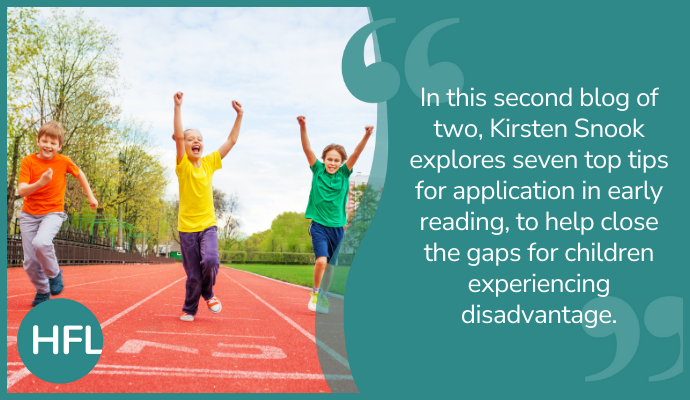
We’ve probably all heard the phrase “The rich get richer while the poor get poorer” (Matthew Effect in reading, as discussed by psychologist Keith Stanovich), referring to widening gaps. One of the factors that will protect the more advantaged children we teach, will be the ample opportunities to experience print at their ‘just right’ (or even easy) level, meaning their brains receive far more confirmation of knowns and added fluency of item knowledge, blending/segmenting skills, etc. To ameliorate this situation for the ‘disadvantaged’, add more of the ‘just right’ application.
“Challenge needs to be set at an appropriate level, otherwise one or both of the following may occur:
• the learner will not accept the challenge; or
• the learner will suffer cognitive overload.”
p18, Metacognition and Self-regulated learning: Guidance Report, EEF
1. All right now, baby it’s all right now
How often are children given the chance to be right? If a child is almost always struggling, or ‘wrong’, how can their brain lay down those new neural pathways? Cognitive load is far too great. Think of the difference between having the stress chemical cortisol flooding the brain and body rather than the ‘feel-good’ factor of serotonin. If our strugglers are proportionately being challenged more than their peers then we are unknowingly doubly disadvantaging them. Nicola Randall, one of my esteemed Maths TLA colleagues, wrote about this very topic following Dan Nicholls’ talk to our team, in her fantastic blog here: How can we advantage the disadvantaged?.
2. Error is our greatest friend
That’s when we know we are learning. It’s true we learn from our mistakes. However, for our very most struggling children, it’s so important that this degree of error is limited, so as not to further disenfranchise; so, we need to give them a ‘cup very nearly full’ of accuracy/ease and then the child has brain capacity to notice the error, feel motivated to sort it and draw down the skills to be able to fix it. If we want them to be able to self-correct, which is powerful learning, then there has to be a huge backdrop of strongly known-about accuracy against which to notice the occasional error, or ‘site of learning’.
3. Intrinsic motivation
Ensuring a reading book is completely matched to that child’s current decoding ability is essential if we want self-monitoring and self-correction to be possible. There is usefulness to some degree in responding to extrinsic motivation (doing something for an external motivator, e.g. a sticker, making an adult happy or proud), but for our very most struggling children the power of intrinsic motivation cannot be underestimated and yet is often misunderstood. Responses such us “You spotted something yourself – well done”, or “You found it and fixed it” help to give the message that the child has all the resources they need within themselves and can develop the resilience within themselves to want to persevere for the end goal of self-satisfaction alone.
4. Self-regulation
There is some research to show that our lowest attaining 30% of learners benefit hugely from training in self-regulation. This is arguably the big gap closer that it is, due to the learner being so used to being wrong/not having agency. Some EEF research showed, for instance, that a writing intervention based on Harris & Graham’s Self-Regulated Strategy Instruction made huge impacts, due to the self-regulation taught through it. There are many vehicles for this, such as early reading – for our most disenfranchised children it’s vital they experience and learn about this in a safe space. If they learn the process of self-regulating and gain the happy by-product of subject skills at the same time, then happy day. What a virtuous circle of generative learning and potential social mobility! This could look like the quick re-read of a fluency/familiar text, at the beginning of the 1:1 reading support, as the brain is likely to kick in with self-regulating on a familiar text and sets the child up for success in the next (cold) read.
5. The Concrete-Pictorial-Abstract of phonics
There is now a groundswell of research to back up the theory that the concreteness of spelling supports reading. It’s been used to great effect in interventions too. Children can manipulate letters and write letters/words as a way of remembering and embedding through motor memory how to read them. This slows down what is lost in the ether when reading and allows it to become more tangible for a while, helping improve tempero-spatial deficits that may otherwise be destined to remain underdeveloped…and become entrenched. Consider how we can model, guide and practise using phoneme frames, and other reading and spelling scaffolds such as sound mats, CEW word mats, have-a-go paper, ‘taking words apart in reading’ etc.
6. Scaffolding
Pre-teaching capitalises upon the brain’s fondness for being able to expect what is coming up, recognising it, predicting AND having that prediction confirmed – giving another great serotonin whoosh. It actively makes the child feel more status and more belonging, already activates prior knowledge and retrieval and will forge more sturdy neural pathways from the beginning of the lesson proper. In reading 1:1 lessons, this could be the book introduction and strategy check parts of the session, or even the re-read of a patch of familiar text (“Oo read this page doing your great voices!”). All will have the impact of scaffolding-in the reader towards independence and success.
7. Drip, drip, drip
(Or retrieve, retrieve, retrieve!) Flood the child’s conscious with ‘just right’ literacy experiences and opportunities to further concretify their learning. There is some mileage in giving some simplified dictated sentences that offer, say, 80% of the words as known-but-need-to-get-more-fluent-at-writing-it and 20% of the words that have been recently learnt. Most ‘really theres’, but some ‘nearly theres’. And don’t forget to bring in those other wonderful, interrelated strategies such as reading the sentence to them in scoopable phrases, cumulatively re-reading and jumping off to the next phrase, proofreading (matching word-by-word between their copy and your copy, for forensic checking), editing and at the end practising a still-sneaky word (Look (no, really LOOK!), Say, Cover, Write, Check), to take it to fluency.
Join the conversation. Do let us know which of these strategies you’ve used, improved upon, seen impact with, and even would like to know more about.
Why not post photos of ideas on the HFL English Subject Leader V?
Delivering the phonics screening check to year one pupils
This on-demand recording will give guidance on how to prepare year one pupils for screening check, as well as advice on managing the organisation and the delivery.




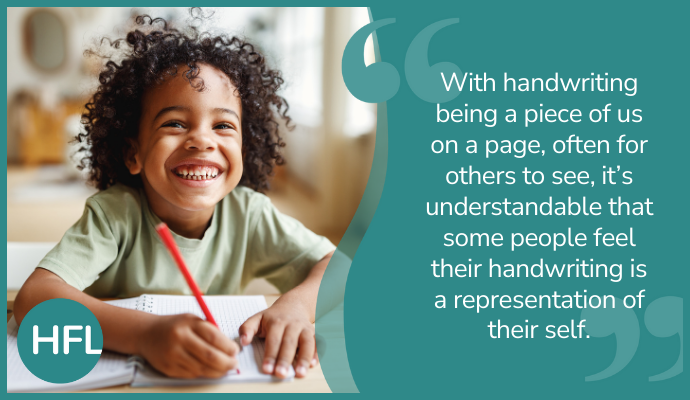

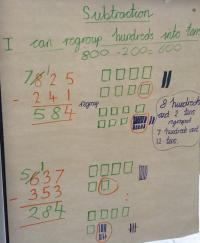
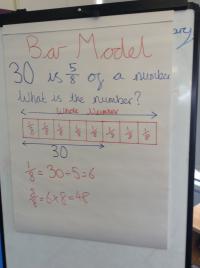
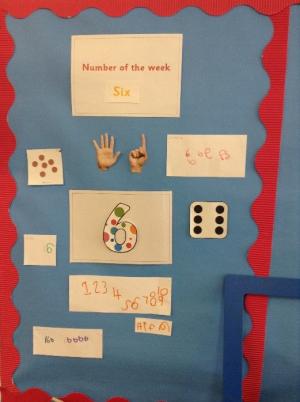
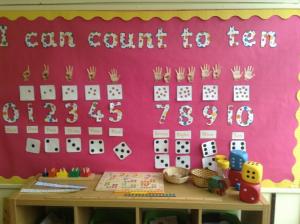
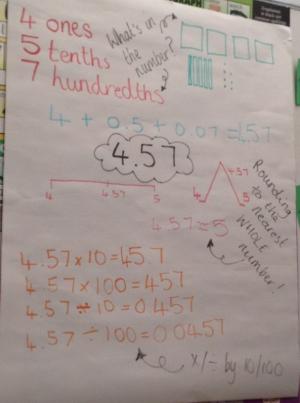
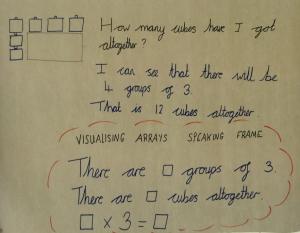
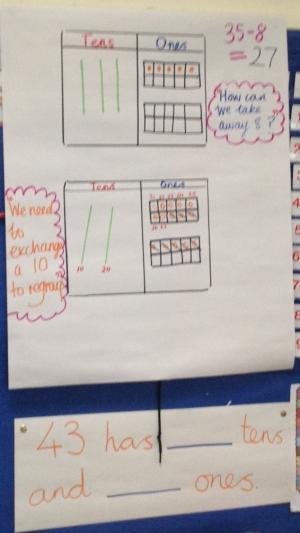
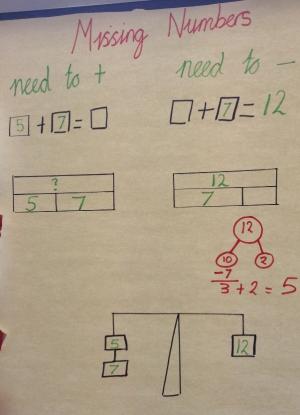
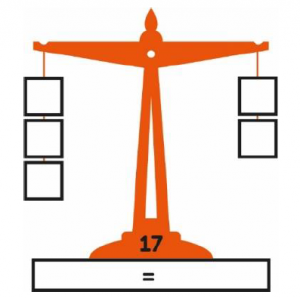
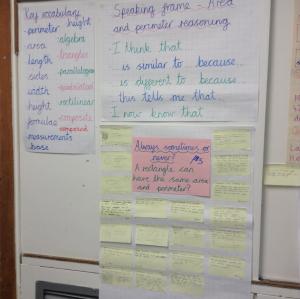 During a sequence of learning about the relationships between perimeter and area, this working wall was used as a way for Year 6 children to develop and refine their thinking.
During a sequence of learning about the relationships between perimeter and area, this working wall was used as a way for Year 6 children to develop and refine their thinking.
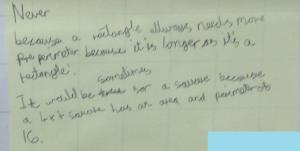

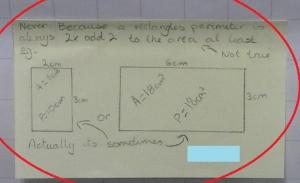
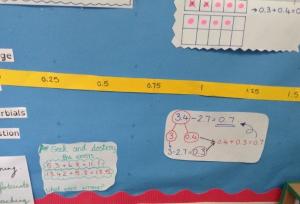

 In the CPA approach all pupils should have access to manipulatives when any new learning is explored or when the teacher is building on a previous concept. The use of manipulatives can challenge even those pupils who appear to have grasped the learning. It is certainly true that some pupils may need more access to manipulatives and for longer. But the use of manipulatives supports pupils’ mathematical reasoning and some pupils who appear to grasp concepts rapidly, may not have as fully developed an understanding as we might expect. The use of manipulatives helps teachers to mitigate this risk. See the example below where a group of year two pupils, who had been identified as having sufficient grasp of the subject, were challenged even more deeply through the use of manipulatives.
In the CPA approach all pupils should have access to manipulatives when any new learning is explored or when the teacher is building on a previous concept. The use of manipulatives can challenge even those pupils who appear to have grasped the learning. It is certainly true that some pupils may need more access to manipulatives and for longer. But the use of manipulatives supports pupils’ mathematical reasoning and some pupils who appear to grasp concepts rapidly, may not have as fully developed an understanding as we might expect. The use of manipulatives helps teachers to mitigate this risk. See the example below where a group of year two pupils, who had been identified as having sufficient grasp of the subject, were challenged even more deeply through the use of manipulatives.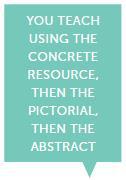 All stages should be taught simultaneously whenever a new concept is introduced and when the teacher wishes to build further on the concept. See how, in the example below, pupils are using concrete resources, pictorial and abstract recording – all within the same activity. This ensures that the pupils are able to make good links between each stage. At various points in a sequence of learning, the teacher may reintroduce the concrete resource to develop reasoning and the ability to see multiple representations of a concept.
All stages should be taught simultaneously whenever a new concept is introduced and when the teacher wishes to build further on the concept. See how, in the example below, pupils are using concrete resources, pictorial and abstract recording – all within the same activity. This ensures that the pupils are able to make good links between each stage. At various points in a sequence of learning, the teacher may reintroduce the concrete resource to develop reasoning and the ability to see multiple representations of a concept.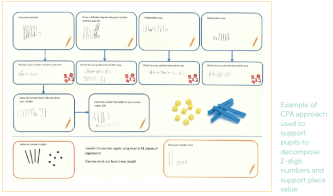
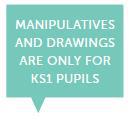 All age ranges benefit from the use of manipulatives to support their conceptual development. It is equally as important in KS2 as in KS1. Consider the case study below and how the activity using pentominoes might support an increased understanding about the relationship between area and perimeter.
All age ranges benefit from the use of manipulatives to support their conceptual development. It is equally as important in KS2 as in KS1. Consider the case study below and how the activity using pentominoes might support an increased understanding about the relationship between area and perimeter. Pupils are asked to place two pentominoes together and to find their area and perimeter. Then, they are asked compare against the shape in the middle of the grid and to record the new shape in the correct cell. They must find at least two arrangements that would fit the criteria of each cell.
Pupils are asked to place two pentominoes together and to find their area and perimeter. Then, they are asked compare against the shape in the middle of the grid and to record the new shape in the correct cell. They must find at least two arrangements that would fit the criteria of each cell.

